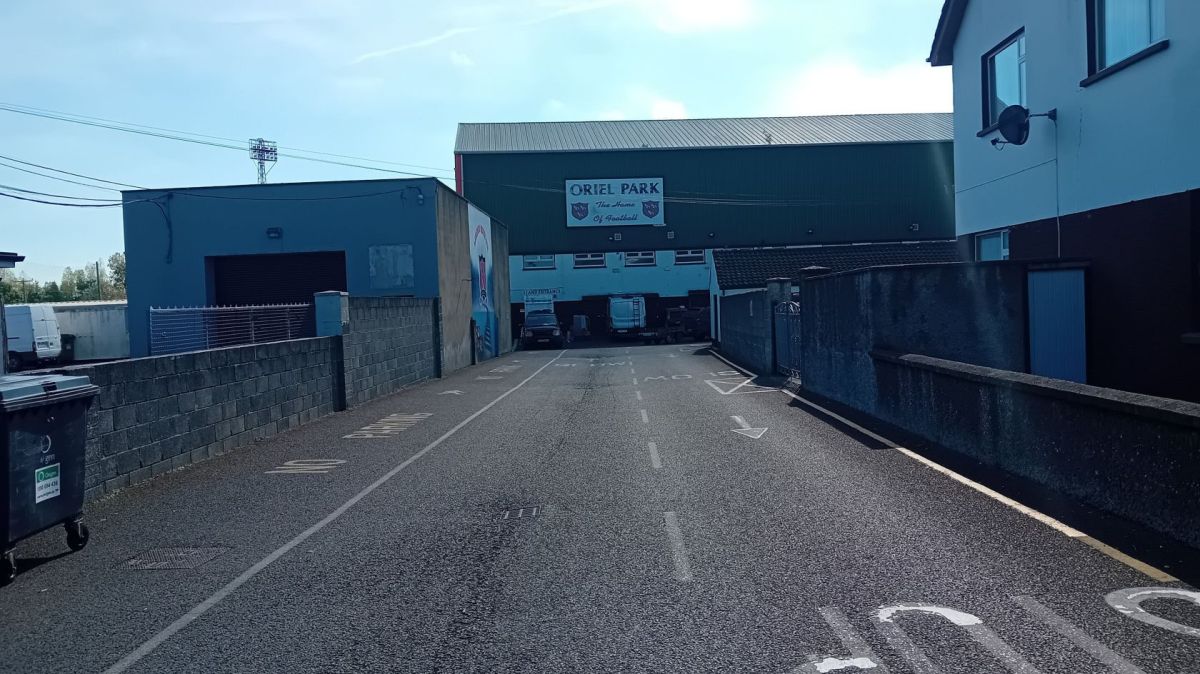According to figures from the National Car Testing Service (NCTS), a total of 128,548 vehicles were deemed unroadworthy to a hazardous degree last year. This represents 7.42% of all cars tested—marking the highest rate in recent years. The proportion of dangerously defective vehicles has steadily risen from a low of 4.9% in 2020.
Additionally, 3,965 vehicles failed again under the “fail dangerous” category when submitted for re-testing in 2024.
A car receiving this classification has a critical defect that poses an immediate risk to road safety, meaning it must not be driven under any circumstances. NCTS inspectors affix a “Failed Dangerous” sticker to the vehicle and inform the owner of the safety concerns.
Applus+, the Spanish company managing the NCT on behalf of the Road Safety Authority, requires its inspectors to advise owners of dangerously defective cars to have them towed from the test centre. If a motorist chooses to drive away despite the warning, NCTS staff are instructed to report the vehicle to An Garda Síochána.
Applus+ communications manager Sinéad McKeon noted that motorists react differently to a “fail dangerous” result, with some disregarding warnings and driving away. She attributed the high failure rate to inadequate vehicle maintenance, stating that many drivers treat the NCT as a diagnostic tool instead of servicing their cars beforehand.
Common reasons for a “fail dangerous” classification include severe corrosion, worn or damaged tyres, brake fluid leaks, faulty brake lights, and doors that do not close properly.
At a county level, Cavan had the highest proportion of “fail dangerous” vehicles in 2024, with 11.9% (1,831 vehicles) failing under this category. Other counties with high failure rates included Leitrim (10.3%), Clare (9.7%), and Monaghan (9.4%).
In contrast, the lowest failure rates were recorded in Offaly (6.1%), Kildare (6.3%), Louth and Waterford (both 6.7%), Dublin and Wicklow (both 6.8%), and Kilkenny (7.0%).
The overall pass rate for the full NCT dropped to 50.6% in 2024, the lowest in five years. This is a decline from 52.9% in 2023 and 54.3% in 2022.
A record 1,732,095 vehicles underwent the NCT in 2024—an increase of over 144,000 compared to the previous year.
While a majority of cars passed in 11 of Ireland’s 26 counties, Cavan recorded the lowest pass rate, with just 39.4% of vehicles clearing the test. Other counties with low pass rates included Leitrim (42.1%), Monaghan (43.5%), Roscommon (44.3%), Longford (44.6%), and Clare (44.9%).
The highest pass rate was found in Offaly at 57.3%, followed by Limerick (55.5%), Waterford (55.1%), and Kilkenny (54.9%).
Among major urban centres, the five NCT centres in Dublin had a combined pass rate of 52.4%, while the six centres in Cork recorded 50.8%.
For lane retests, the national pass rate stood at 87.2%, with 0.6% of cars still failing under the “fail dangerous” category. Meanwhile, the pass rate for visual (non-lane) retests was 99.6%.
The NCT, introduced in 2000, aims to improve road safety by identifying defective vehicles and reducing accidents. It also helps protect the environment by limiting harmful vehicle emissions.
With failure rates at a record high, authorities continue to urge motorists to maintain their vehicles regularly and address safety concerns before undergoing the NCT.















